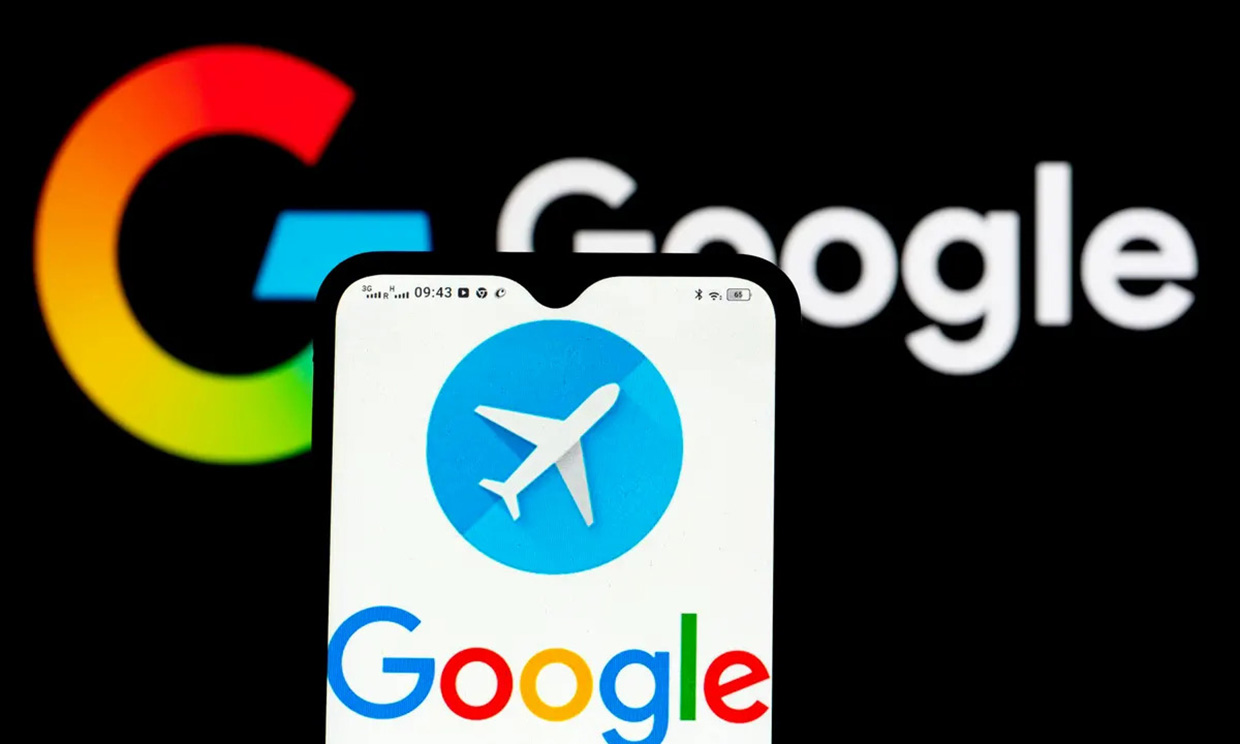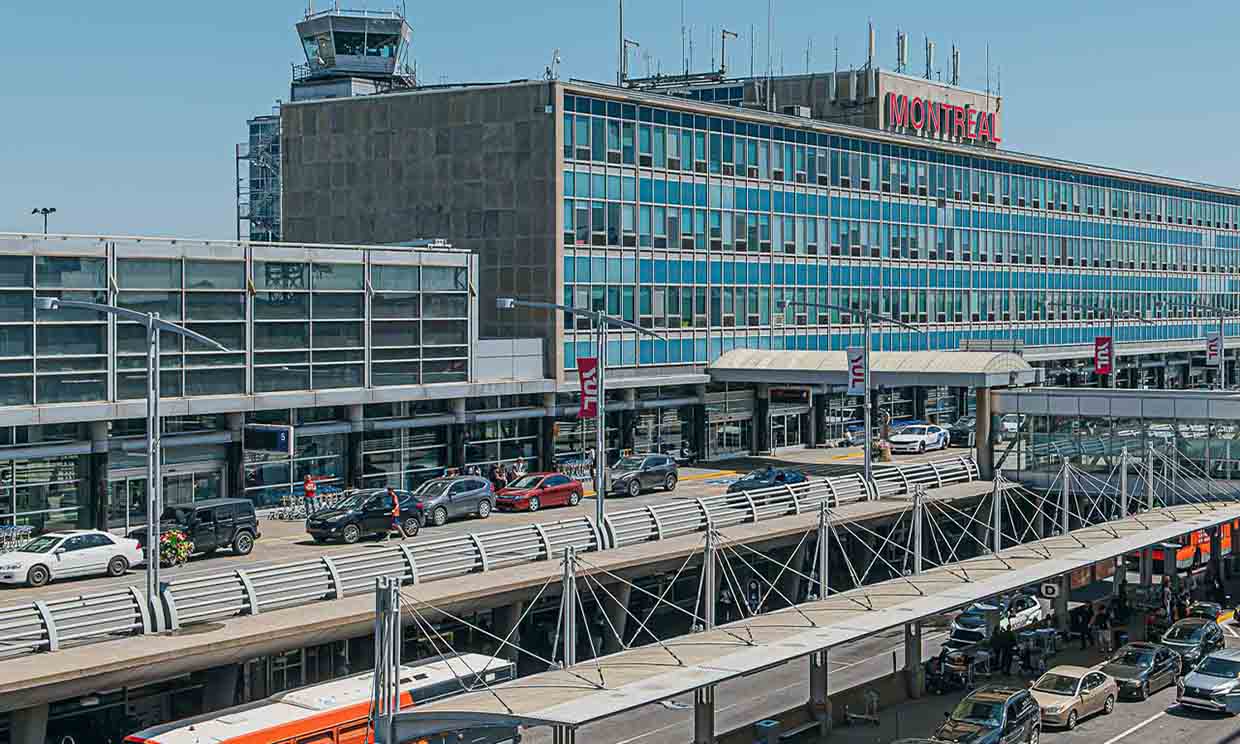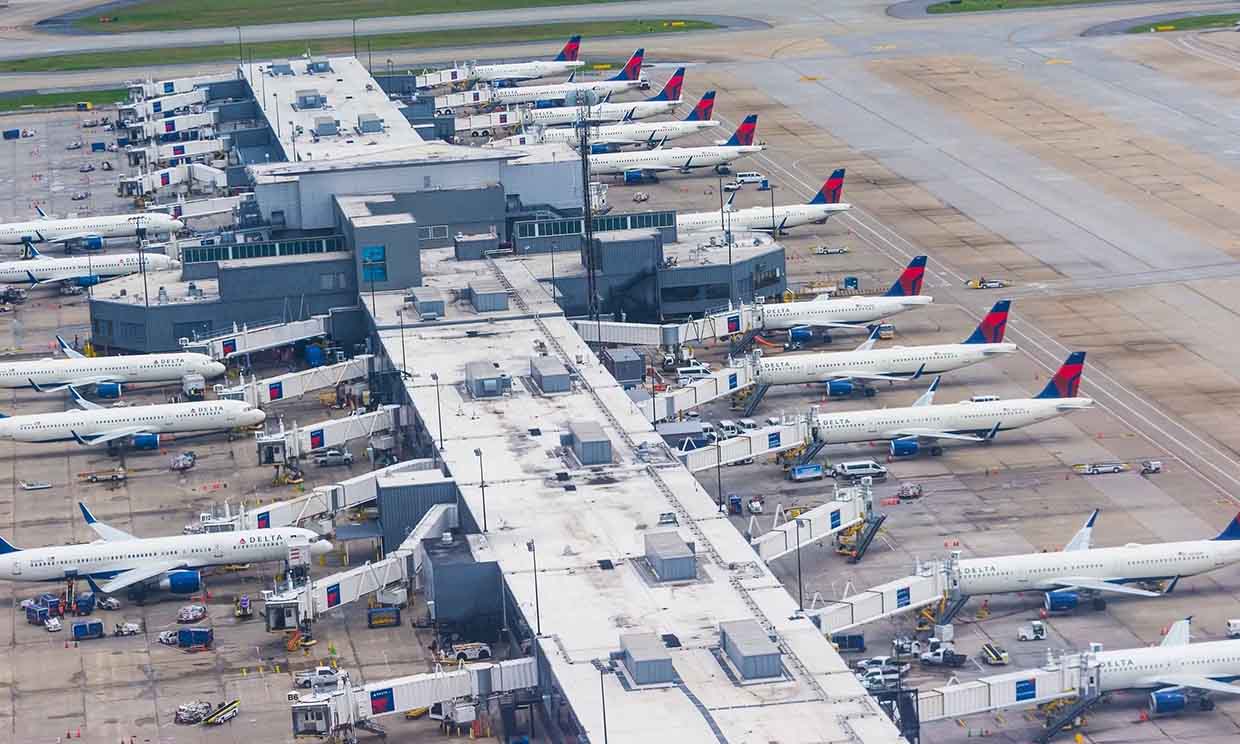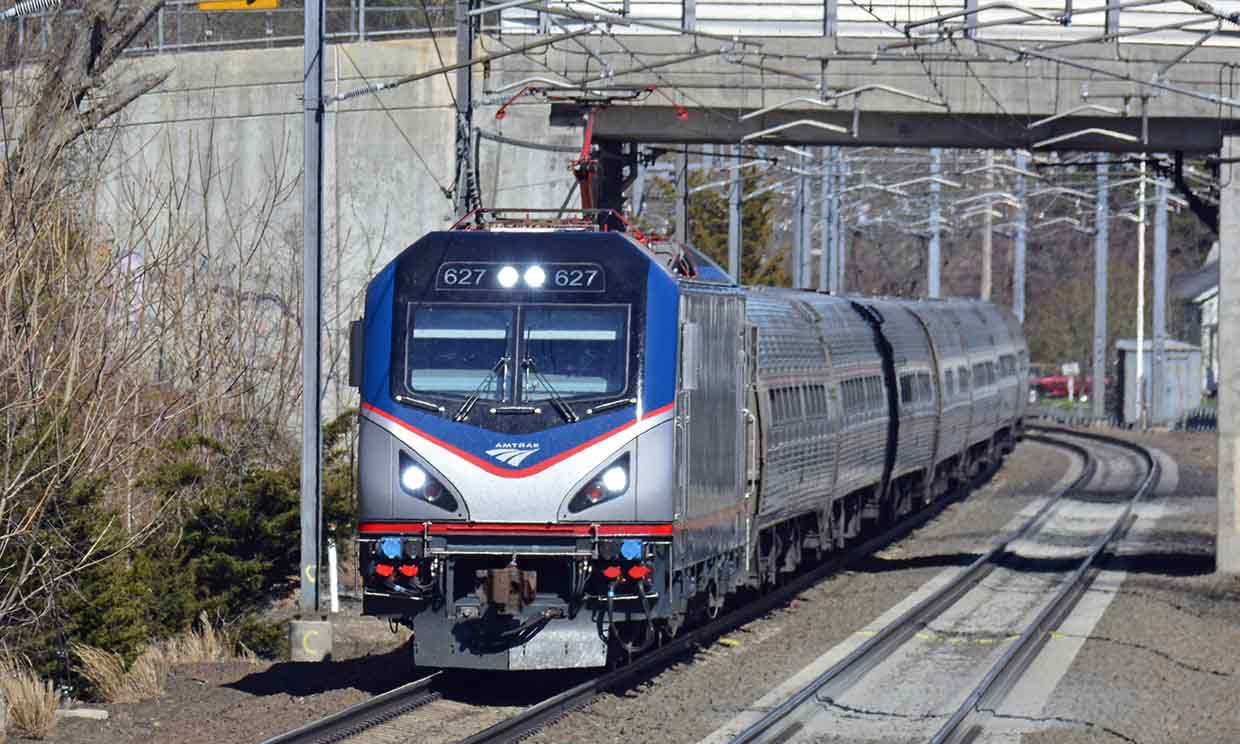Over the years of traveling across North America, Toronto has become one of the cities I visit most frequently. As the economic and cultural hub of Canada and a major international flight hub, Toronto is a common destination for work, tourism, and family visits. Because of this, I’ve gradually developed a comprehensive set of money-saving strategies when flying to Toronto — from choosing the best travel times and airlines to using price comparison websites, rewards platforms, credit card points, and hidden promotions. Every little detail can help shave off a good portion of the cost.
I’ll share my complete “Toronto flight savings guide,” based on years of real experiences. It includes seasonal pricing trends, hidden rules across various airlines, how to catch promo fares at the right moment, and a breakdown of the pros and cons of each flight booking platform I’ve tested. If you’re planning a trip to Toronto, I hope this helps you avoid traps and unnecessary expenses.
1. Year-Round Flight Pricing Trends: When’s the Best Time to Fly to Toronto?
Spring (March–May): The Golden Season for Lower Prices
Spring is actually my favorite time to fly to Toronto. After mid-March, as North America’s spring break winds down, flight prices typically drop significantly. Flights from major cities on the U.S. East and West Coasts often decrease by 30%–40%.
By mid-April, the weather warms up, cherry blossoms bloom in High Park, and although major crowds haven’t yet arrived, the city regains its energy. Not only are flights cheaper during this period, but hotel availability is also more favorable.
Summer (June–August): Peak Season Price Surge
Summer is the busiest travel season in Toronto. With many European flights arriving directly in Eastern Canada, and local students on summer break, it’s a triple challenge: expensive tickets, packed tourist sites, and scarce hotel availability.
Around July 1 (Canada Day) and early August (Caribana Festival), ticket prices soar. Even booking two to three months in advance often won’t beat the average rate.
If you must visit during summer, I recommend avoiding weekend departures. Instead, fly midweek (Tuesday or Wednesday) and take advantage of early bird discounts available 2–3 months ahead.
Fall (September–November): The Best Value Travel Season
Many travelers overlook fall as a great time to visit Toronto. With students back in school and summer tourists gone, flight demand drops, while the weather remains pleasant — and the fall foliage is stunning.
From late September through mid-October, flights from the U.S., Mexico, or the U.K. are typically more than 30% cheaper than in summer. Pair that with affordable Airbnb or boutique hotels, and you’ve got one of the best-value trips possible.
Winter (December–February): An Extremes-Only Season
Winter prices are highly polarized. The two weeks around Christmas and New Year’s are among the most expensive times to fly to Toronto. With families reuniting and students returning home, flights are often sold out.
But after the holiday rush, from January 10 to late February, fares drop significantly — perfect for budget-conscious travelers. The only drawback is the risk of snowstorms in Toronto, which can delay or cancel flights. Always plan with buffer time and backup options.
2. How to Snag Promo Fares at the Right Time
I closely monitor airline websites and comparison platforms year-round and have become quite familiar with promotional patterns. Here are some of the most common promo fare windows:
-1024x614.jpg)
Black Friday and Cyber Monday Deals (Late November)
This is my favorite time of year to hunt for cheap flights. Airlines like Air Canada, WestJet, Delta, and United often roll out limited-time international specials — sometimes as low as $250 roundtrip from New York to Toronto.
I usually register for airline memberships and link my credit cards a week before Black Friday to make checkout quicker and smoother.
Spring Airline Promo Season (February–March)
Many carriers clear old inventory or launch new-year early-bird offers during this period. Flights from various U.S. cities to Toronto may drop to $180–$220 roundtrip. I once scored a $198 roundtrip Delta ticket from Chicago to Toronto — a total steal.
Weekly Promo Days
Several airlines have regular weekly deals, like WestJet’s “Travel Tuesday.” These offers are often short (24–48 hours), but can bring surprisingly good prices.
I recommend setting up price alerts through Google Flights or Skyscanner, so you’re notified immediately and can act fast.
3. Best Fare Comparison and Booking Platforms
After extensive testing, here are the platforms I rely on most — each serves a different purpose:
Google Flights
Simple interface, fast load times, and instantly shows which dates have the cheapest fares. Great for initial planning. However, it doesn’t show certain budget airlines or member-only fares.
Skyscanner
Ideal for “flexible date” searches. If I know I want to travel to Toronto in October but not the exact date, Skyscanner will list the cheapest day of the month at a glance.
Kayak
Great for multi-city itineraries. If I want to fly from New York to Toronto, then on to Vancouver, Kayak is great at comparing different airlines and showing “hidden combinations.”
Hopper
Hopper’s main feature is AI-based price predictions. It suggests whether to “buy or wait” based on trends. It’s not 100% accurate but helpful for planning well in advance.
Airline Websites
Even if I find a deal on a comparison site, I always book on the airline’s official website. The benefits include better baggage allowance, easier change/cancel options, loyalty points, and access to promo codes.
4. Credit Card Points and Frequent Flyer Programs
Beyond just buying cheap tickets, I also make the most of travel reward points and loyalty programs to save even more.
Aeroplan (Air Canada)
Most flights to Toronto can be booked through Aeroplan. With good planning, a roundtrip economy ticket typically requires 15,000–25,000 points, plus $70–$100 in taxes.
American Express Membership Rewards
You can transfer points to Aeroplan or Delta SkyMiles and sometimes get a bonus. I once booked a business class seat from San Francisco to Toronto by transferring AMEX points — a fantastic deal.
Chase Ultimate Rewards
These points can be transferred to United, British Airways, and more. You can even indirectly use them for Air Canada flights if you know how to stack them.
Credit Card Flight Cashback Perks
Many credit cards offer travel rebates, purchase protection, or airline booking credits each year. Use them during promos for double savings.
5. Hidden Savings Tips: Lesser-Known Airports and Segmenting Tickets
Use Alternative Airports
Most people focus on Toronto Pearson (YYZ), but the city has two other airports: Billy Bishop (YTZ) and Hamilton (YHM). Billy Bishop is located right in downtown Toronto, making it incredibly convenient, especially for domestic and short-haul U.S. flights. Once, I flew from Chicago to YTZ for just $109 — much cheaper than flying into YYZ and with the added bonus of skipping the long airport commute. Hamilton, while farther out, is often used by low-cost carriers like Swoop and Flair. I’ve found fares to be shockingly low from cities like Calgary or Halifax, and even with a short train or shuttle ride into Toronto, the savings make it worth considering.
Split Ticket Strategy
For example, a direct flight from Los Angeles to Toronto might cost $380. But if I break it into two segments — LAX to Chicago + Chicago to Toronto — the total can drop to just $260. This strategy works particularly well when using a mix of budget and full-service carriers. I often use Google Flights or Skiplagged to piece together these multi-leg journeys. Just make sure to leave ample layover time (I usually allow at least 3 hours), and be prepared to handle luggage transfers yourself if the tickets are not booked under the same itinerary. It’s a bit more effort, but the savings can be significant.

6. Recommended Booking Platforms and Step-by-Step Process
Here’s my typical flight-booking process:
- Use Skyscanner or Google Flights to find the cheapest days of the month.
- Select the most ideal travel dates and check prices on the airline’s official website.
- Compare whether using credit card points or cashback is a better deal.
- Always book through the airline directly if I need extras like meal selection or checked bags.
- Sign up for frequent flyer programs in advance to earn miles and get boarding priority.
My go-to platforms include:
• Google Flights
• Skyscanner
• Hopper
• Expedia
• Kayak
You can also try tools like Omio or FlightHub, but always review their refund/change policies carefully.
Flying to Toronto Doesn’t Have to Be Expensive
Toronto is a city worth visiting again and again, and cheap doesn’t mean you have to sacrifice comfort. With proper planning, flexible timing, and smart use of tools and promotions, you can absolutely enjoy a high-quality flying experience on a tight budget. Many people assume low prices mean red-eye flights, unreliable airlines, or excessive layovers — but that’s simply not true.
Once you master a few key strategies — like avoiding peak dates, using the right comparison tools, and watching for flash deals — you’ll realize that flying to Toronto can be both affordable and pleasant. In fact, you might even score a seat upgrade and still stay within budget.



